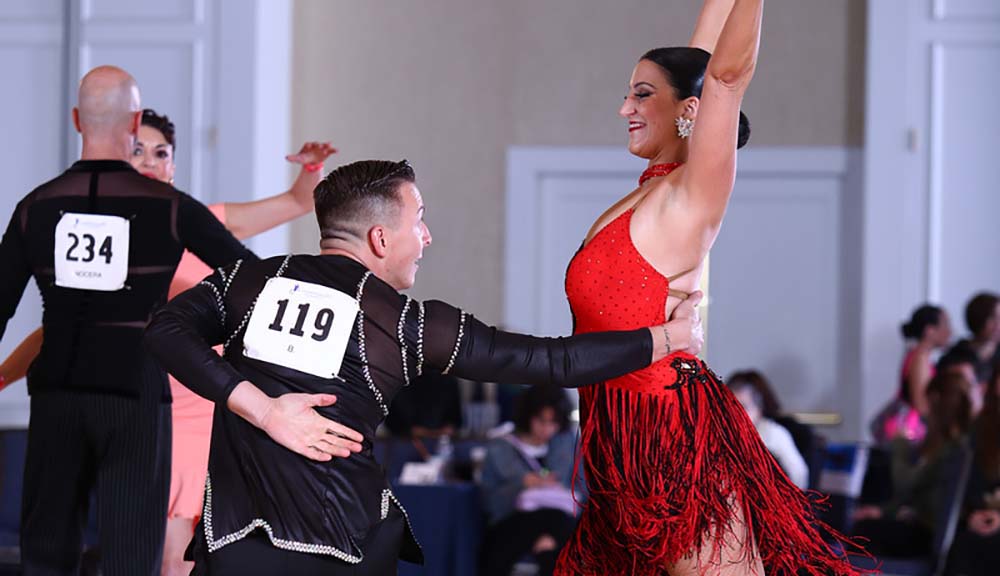Free fitness orientations, designed to explain the benefits and proper use of cardiovascular and strength training equipment to faculty and staff members, will be offered Mondays, Wednesdays, and Thursdays through October 10.
While the 30-minute sessions are not personal training, they provide important information on how to use and get the best results from resistance machines and cardio equipment, according to Meredith Merchant, assistant recreation director and facility coordinator.
“We’ll demonstrate the basics of how to use the weight machines and cardio equipment―how to start, stop, how to change settings on cardio machines, and how to change seat height and weight selection on machines,” she says. “We’ll also discuss the proper form on the weight machines.”
The program is a joint effort of the WPI Wellness Working Group and the Sports & Recreation Center. Orientation sessions are conducted by Merchant and Center staff members. She adds that other fitness orientations may be scheduled during the course of the year. Sessions take place Mondays and Thursdays at 7am and 8p.m, and Wednesdays at 3pm.
“Our focus is on getting people active through dance,” Skorinko says.
Dance classes are also under way now through October 12 in Schwaber Dance Studio C in the Sports & Recreation Center. The A-Term classes teach swing, but the program can feature a wide range of dance styles, says social science & policy studies professor Jeanine Skorinko, who coordinates the program along with associate director of annual giving Ajayi Harris.
“We offer dance in any area of interest, as long as we can find an instructor,” Skorinko explains. “We typically offer swing, salsa, tango, blues, waltz, and more.”
So when it comes to dance, is the emphasis on dance proficiency or fitness?
“Our focus is on getting people active through dance,” she says. “We are adaptive to people’s previous dancing experience; however, we do err on the side of the beginner. The fitness component is a natural benefit of dancing for 50-60 minutes. It is not uncommon to see people starting to sweat part way into class.”
Skorinko notes that there is always a good turnout for dance classes, typically 12-20 participants each term. The dance style, she adds, can be dictated by what participants want. Last year, for example, there was great demand for tango, so it was offered.
“I don’t discriminate with regard to different types of dance; they each have their pluses and minuses. For instance, we started offering blues a few years ago based on (instructor) Krista Baker’s recommendation. It combines elements from Swing and Tango, and it has been a hit,” she says.
Classes are held Tuesdays and Thursdays from 12:05 to 12:55pm, and no partner is needed. Fees are $50 for faculty and staff members and $30 for graduate students, and are reimbursable as a wellness credit (for faculty and staff members) through Harvard Pilgrim.
“Really, there is no better place to come out and learn how to dance,” according to Skorinko. “It is a friendly and comfortable environment, and the price is unheard of for dance lessons.”
― Mike D’Onofrio

